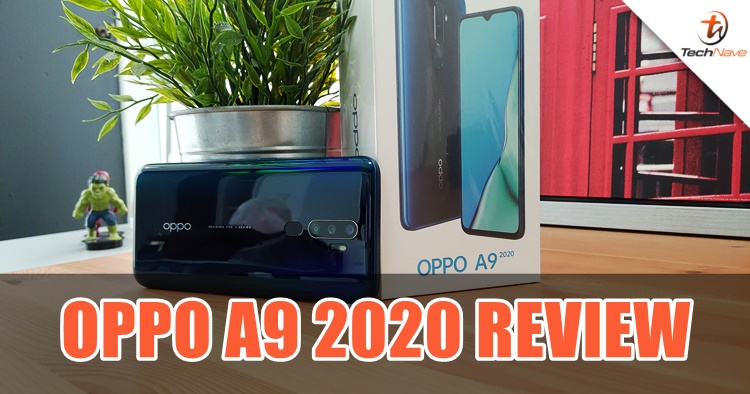
If 2019 has a TV episode about smartphones, it'd be titled The Battle of the Mid-Range phones. In just over ten months, smartphone brands have been spewing out mid-range devices like no tomorrow, battling each other to see who is the best in terms of quality and price. The OPPO A9 2020 happens to be one of these midrange nominees.
Before the A9 2020, the OPPO A-Series wasn't particularly marketed a lot but it is popular with customers who are on a budget. Slated for RM1199, the smartphone does have some perks but is it as good as what the spec sheet says? Let's find out in our full review of the OPPO A9 2020.
Design - OPPO Reno, is that you?
It's a common theme for mid-range devices to look premium nowadays, but OPPO took the A9 2020 a step further. If you're familiar with the OPPO Reno design, you could mistake the A9 2020 as the flagship and it is by far, one of the most classy looking devices we've seen amongst all the other mid-range devices.
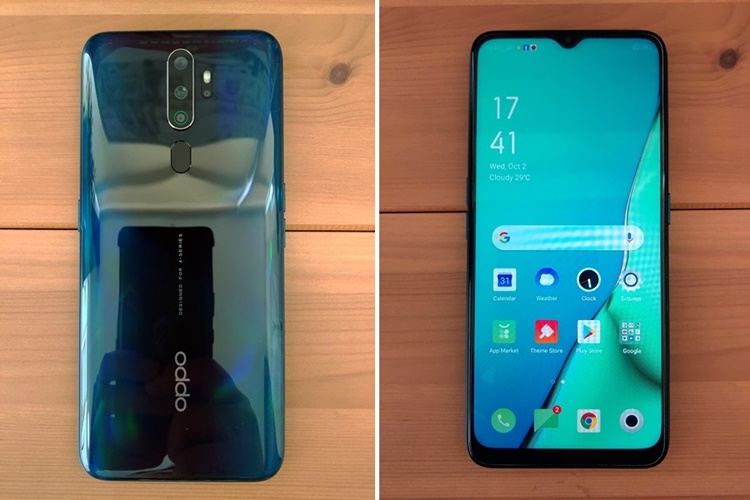
One of the best looking mid-range phones this year
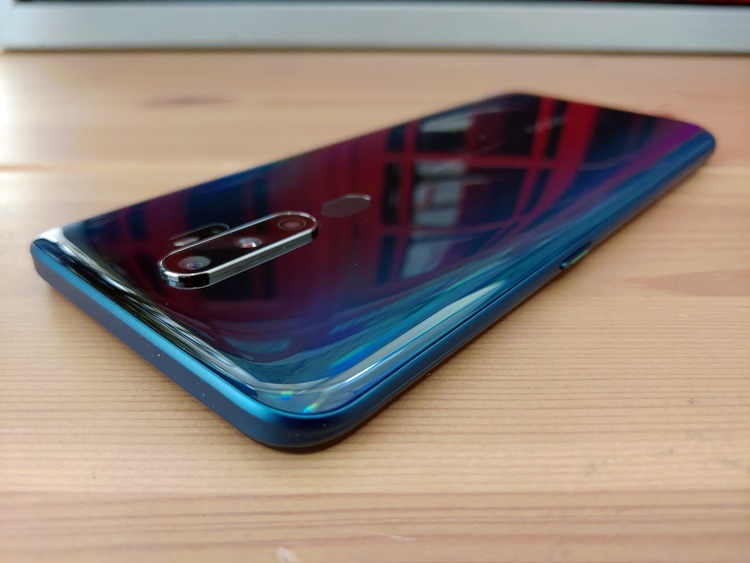
Look at that curve
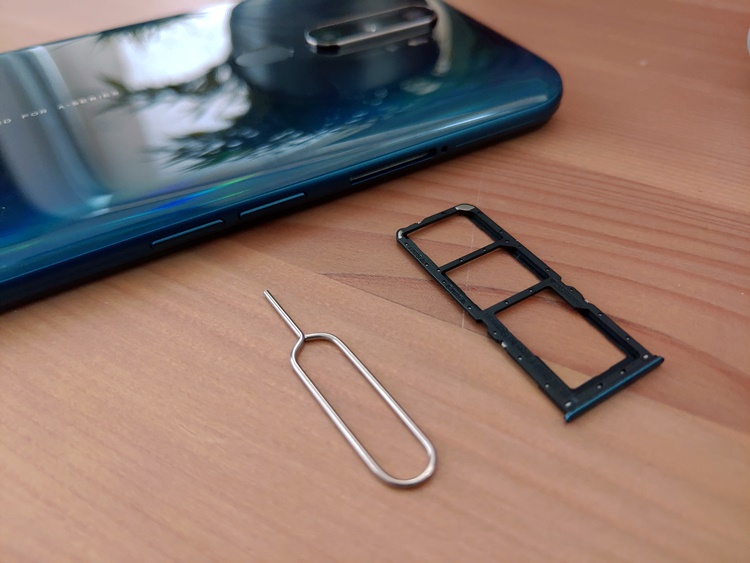
Triple SIM slot tray for those who use dual SIMs and a microSD card
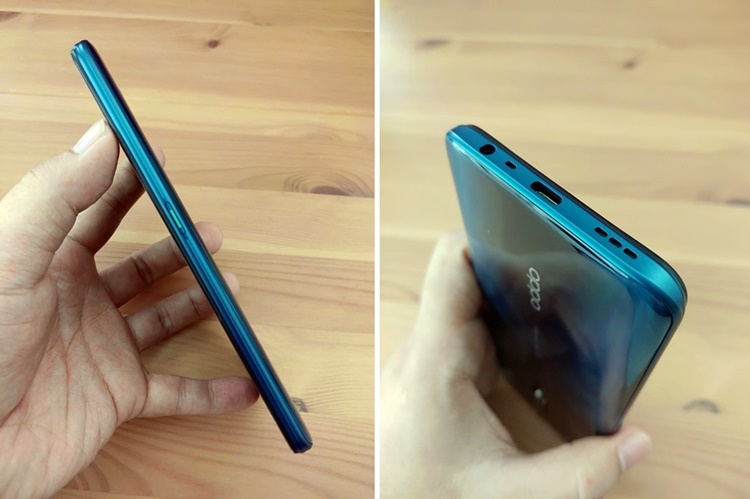
All the essential power button, 3.5mm headphone jack, USB C and speaker grill features
The back design may get smudged with fingerprints, but at least you don't have to worry about breaking it because of the acrylic glass (high-quality plastic). Tech fans would be glad to know that it also supports a USB Type-C port and a 3.5mm headphone jack. Besides that, everything else is pretty standard.
We would like to mention that the triple SIM tray means you don't have to worry about sacrificing either the microSD or a SIM card, which is particularly useful for world travellers or those with multiple lines. Overall, the A9 2020 design really shines here so with this section done, let's head on to the tech specs and features.
Tech specs and features - Puzzling features
Here are the tech specs of the OPPO A9 2020:
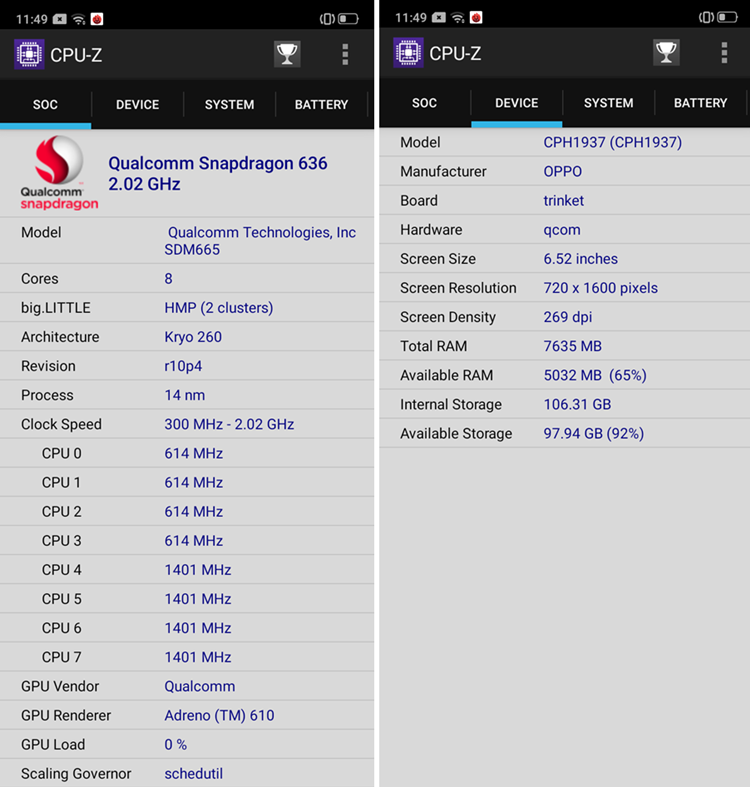
- Qualcomm Snapdragon 665 chipset
- 8GB of RAM
- 128GB ROM (expandable memory up to 256GB)
- Measures 163.6 x 75.6mm x 9.1mm, weighs 195g
- 6.5-inch waterdrop notch display (Gorilla Glass 3 grade)
- Quad rear camera - 48MP (f/1.8, main) + 8MP (f/2.3, ultra-wide) + 2MP (f/2.4, portrait) + 2MP (f/2.4, monochrome) sensor
- Front camera - 16MP (f/2.0)
- Features rear fingerprint sensor, face unlock, Dolby Atmos dual stereo speakers, Game Boost 2.0, Ultra Night Mode 2.0, triple SIM slot, Reverse Charging
- Supports 4G LTE, Wi-Fi 802.11 a/b/g/n/ac, Bluetooth 5.0, NFC, USB Type-C (OTG) connectivity
- ColorOS 6.0.1 based on Android 9 Pie
- 5000mAh battery
On paper, the A9 2020 offers plenty of value-added features. The attractive ones for us are the memory capacity of 8GB of RAM + 128GB storage which can be expanded via a dedicated microSD card, a big 6.5-inch display, a 5000mAh battery and a Dolby Atmos dual stereo speaker!
That said, the user interface is another different thing to talk about. At first glance, it may seem like a normal phone until you explore further discovering bloatware apps (why do smartphone brands keep doing this?). Excluding the Google Play Store, OPPO integrated four apps that do more or less the same thing which is puzzling. It's taking up space and you can't delete them either.
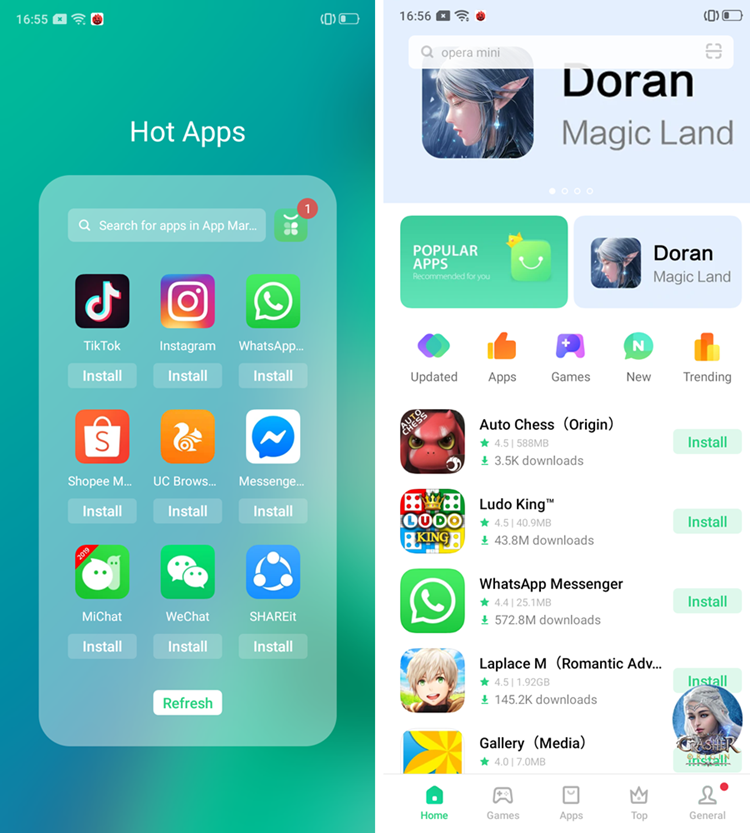
So... I can download the same thing on AppMarket

Not sure what is the difference between Game Center and Hot Games app
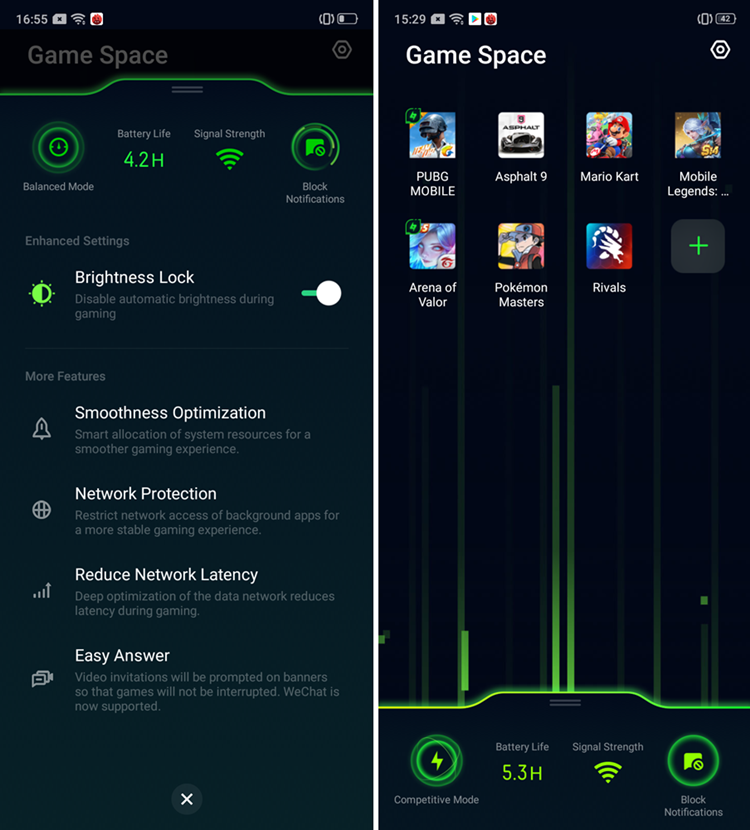
Game Space app, games that are supported will have the green lightning icon
Another questionable app is the Game Space app where the Game Boost 2.0 feature resides. It has the basic block calls and messages feature, as well as optimizing competitive or balanced mode for gaming (too bad there's no in-game recorder). However, the Game Boost 2.0 does not support many games. At the moment of posting, we only know PUBG Mobile and Arena of Valor are supported which makes it a bit redundant.
Lastly, the last puzzling feature is the monochrome mode in the camera interface. The phone has been marketed for having a dedicated mono lens, so naturally, we expected to see a dedicated mono mode but that's not the case. We found the ultra-wide, portrait, and ultra-night mode easily, so where is the mono mode then? Well, we think it's the filter mode and if that's the case...I don't really know what to say.
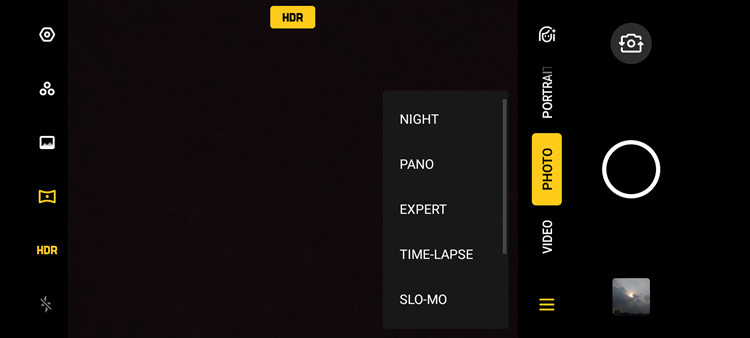
Camera user interface
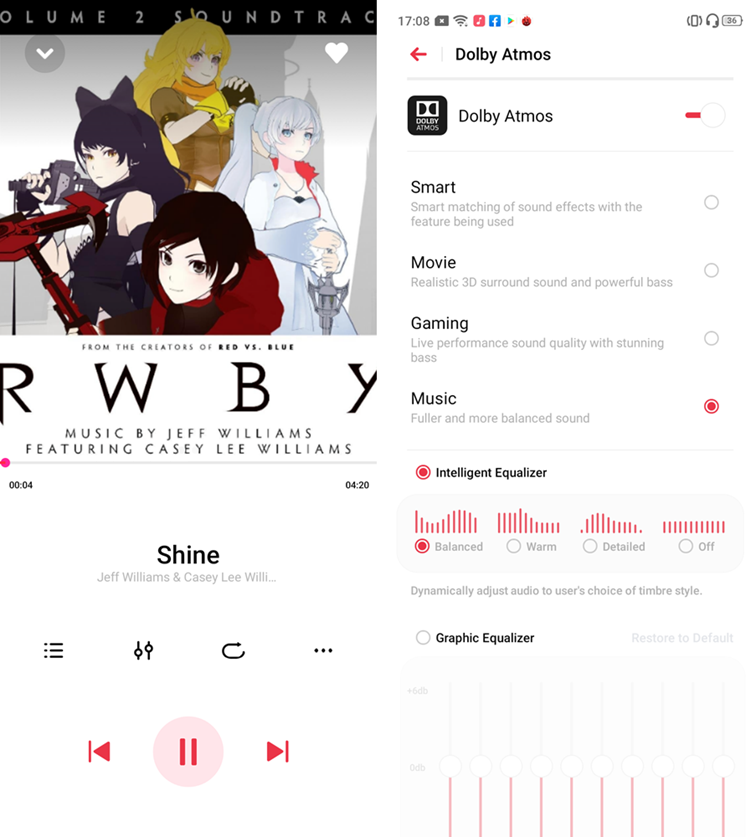
The OPPO music player, Dolby Atmos works best with the earphones given in the box, or a headphone that supports it
Performance - What's up with the Snapdragon 665?
The Qualcomm Snapdragon 665 is the successor of the SD 660 and by right, it's supposed to be better. Well, at least on paper that is. From our experience, "macam yes tapi bukan". You can still game on it, but graphics-intensive games such as Asphalt 9 are not recommended.
In fact, in order to play games smoothly on the A9 2020 - the phone will automatically set the games on low settings by default. Even the Game Boost 2.0 cannot entirely save PUBG Mobile and Arena of Valor that much, so you will have to sacrifice graphics for gameplay.
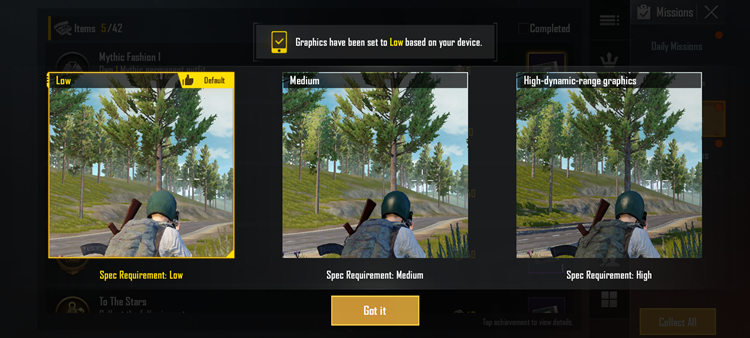
Graphics set low by default
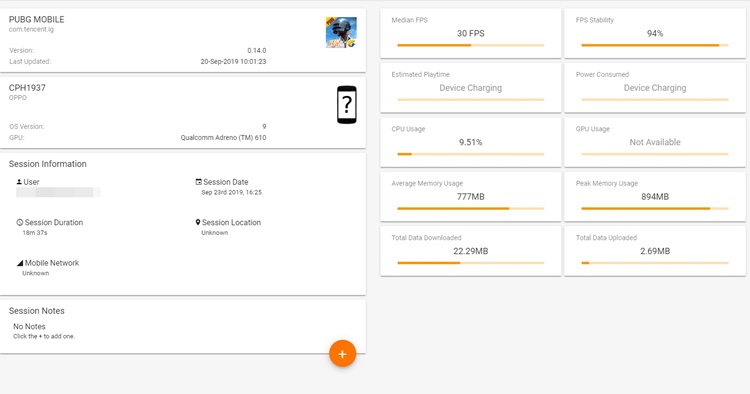
Thanks to Game Boost 2.0, we were able to have a relatively smooth PUBG Mobile gameplay
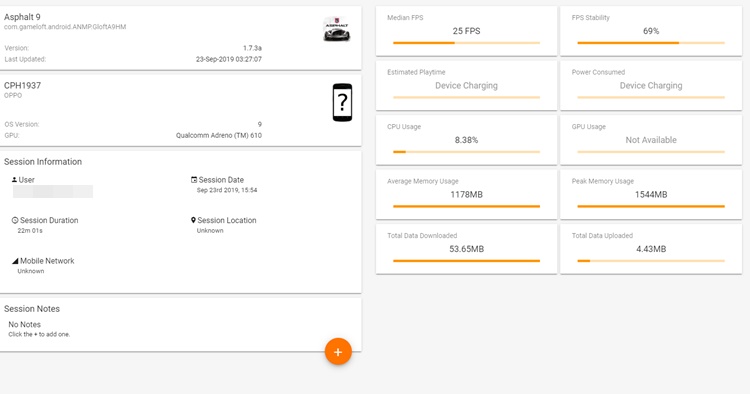
Asphalt 9 didn't do too well, despite set at the lowest setting. The FPS stability is just 69%
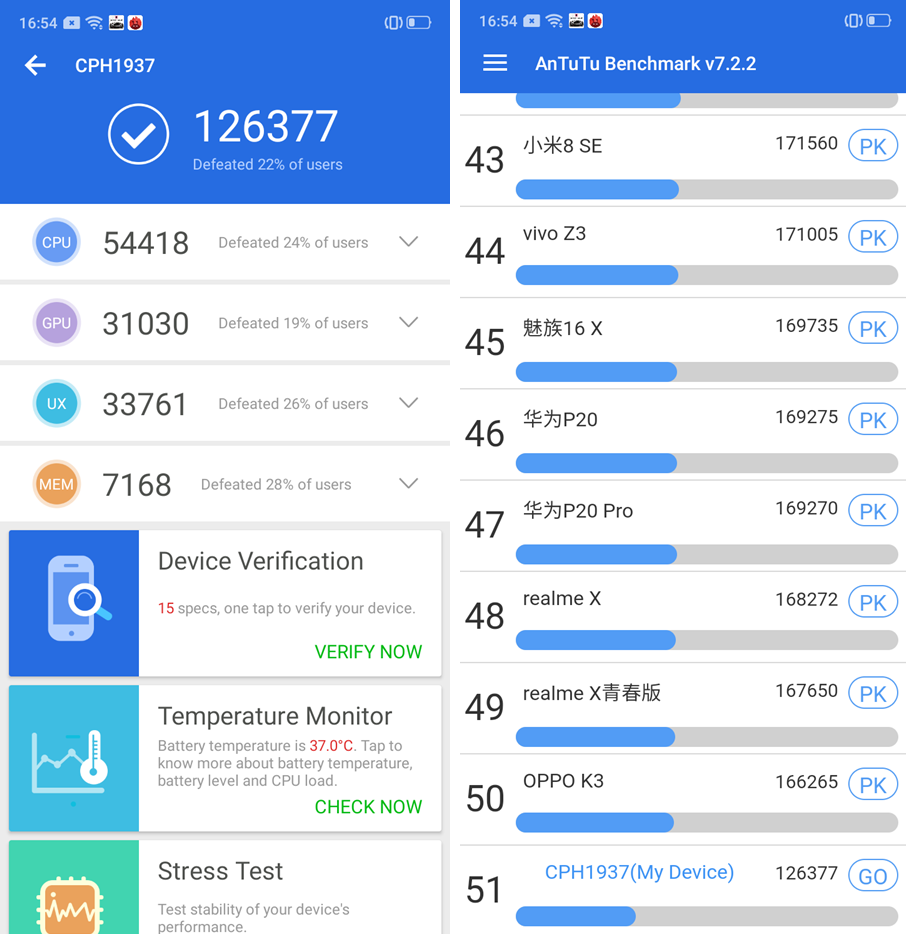
AnTuTu score, the SD 665 performed below expectations
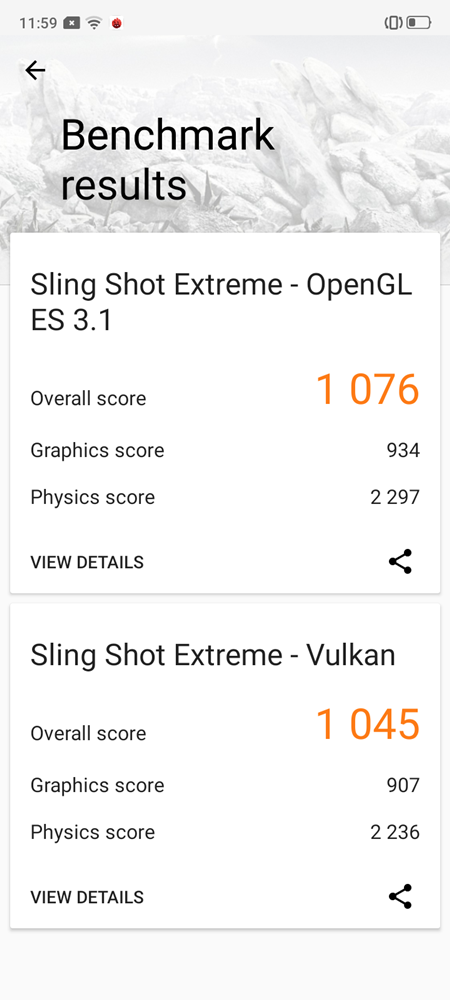
Nothing to see here in 3DMark
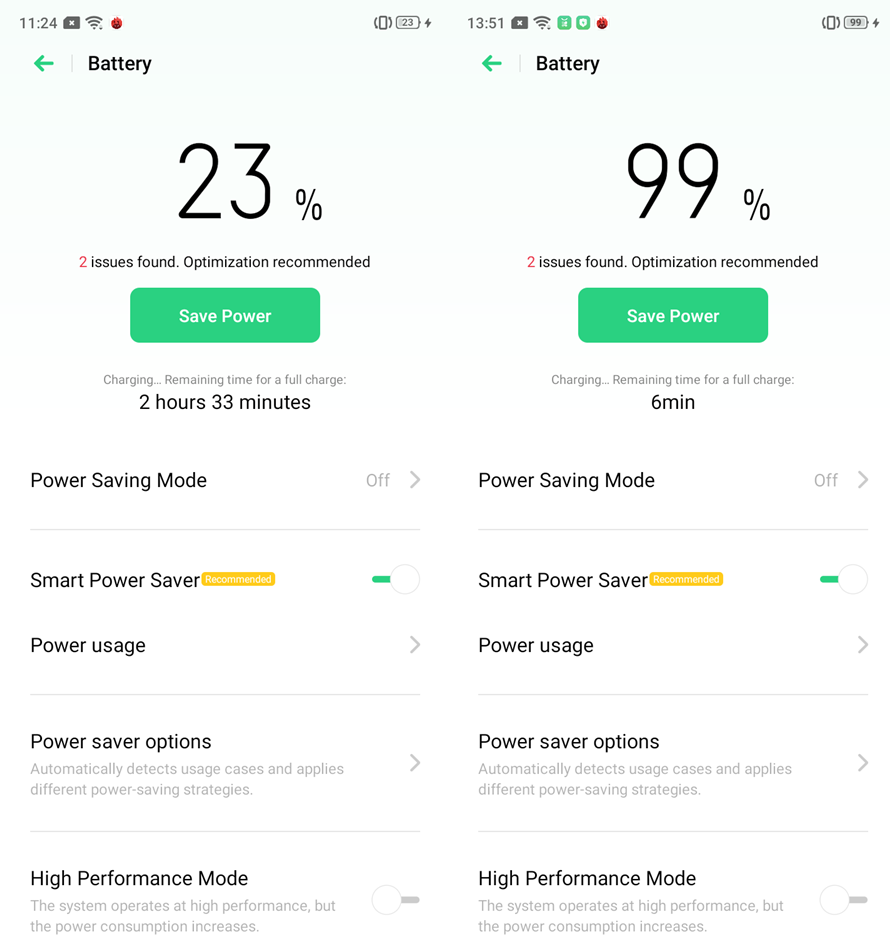
If the battery power was below 23%, it would surely take around 3 hours to fully charge
On the bright side, the Dolby Atmos dual stereo speaker is fantastic (make sure you have a headphone for the best experience), and there is nothing wrong with the network call and connectivity. The big 5000mAh battery pack can accompany you throughout the day easily, but it takes a long time to fully charge (nearly 3 hours) since there's no fast charging support.
On the other hand, the quad rear and front camera did their job well. We were particularly impressed with ultra-wide and portrait lens, providing a pretty wide 119-degrees view, as well as a smooth separation between the subject and the bokeh effect. However, we can't say much about the 'mono lens' because it's just a filter mode and at best, results aren't out of the ordinary. You can check out the photo samples below.

Selfie!

Another selfie photo with beauty mode

The difference between normal and an ultra-wide shot

Portrait mode looks good

Night mode turned on, it was supposed to be a lot darker
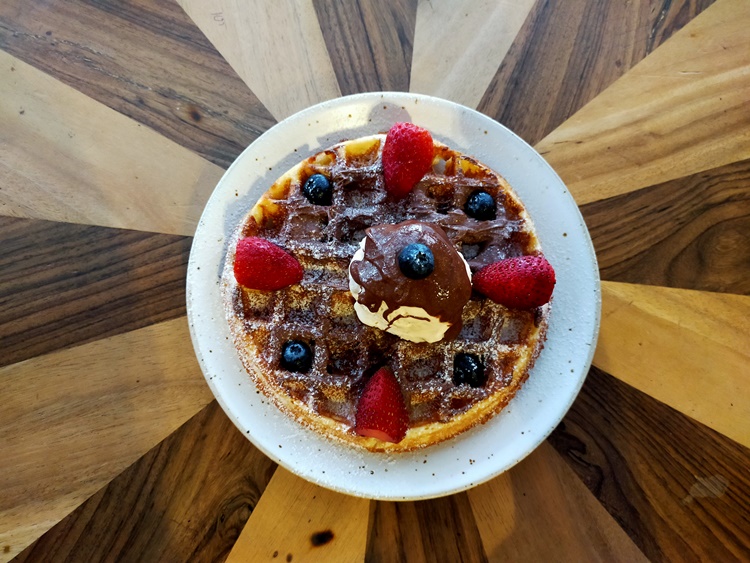
Can't say no to a food pic

Ultra-wide mode

Normal scenery shot

Ultra-wide shot from the same position

Panorama shot

Ultra-wide shot in full screen
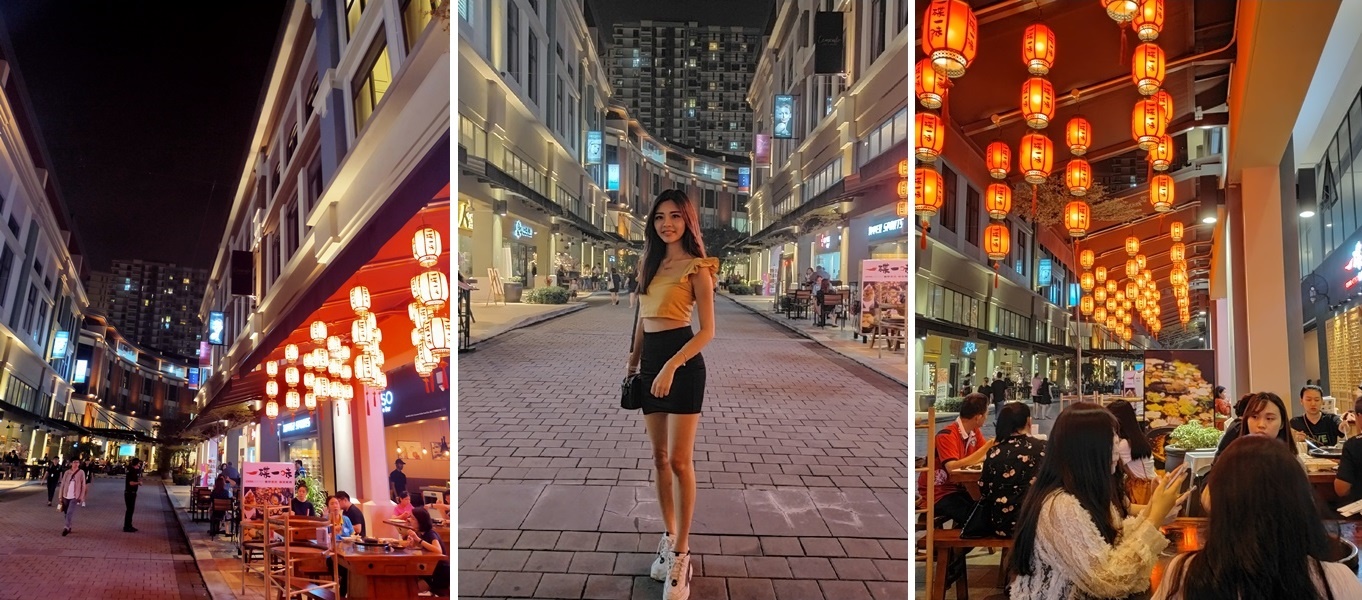
Night shots around the city
Conclusion - Almost there, but not quite
There are three good reasons to like the OPPO A9 2020 - its design is classy, great Dolby Atmos sound system, and good camera performance. Suffice to say, this does help to lift the phone up for your usual casual users, especially those who like taking nice photos, watching movies and listening to music, but it probably isn't the best device for gamers.
In terms of other contenders, around a similar price range of RM1199, our previous vivo S1 review has a slightly better edge. However, the Xiaomi Mi 9T is superior in every area, and this goes the same for the OPPO F11 Pro but neither have the same classy design, so it's a choice between design or features here.
To be fair, it's not entirely OPPO's fault since they didn't manufacture the Snapdragon 665 chipset. But I foresee that other smartphones using the same chipset might encounter the same problem, or they might not, different brands tune their chipsets differently.
But anyway, what do you think of the OPPO A9 2020? Thanks for reading and stay tuned for more smartphone reviews at TechNave.com.






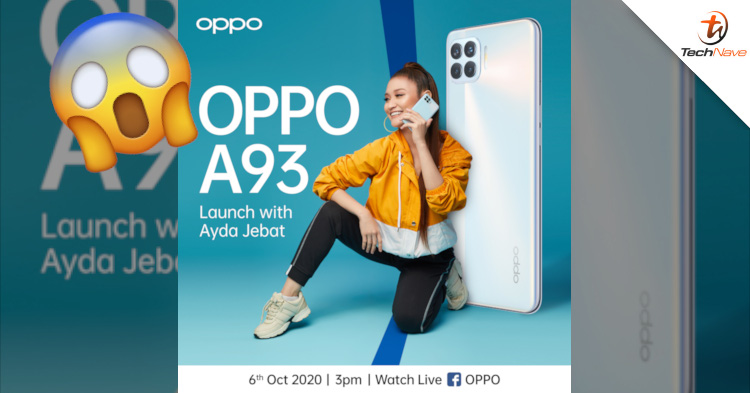



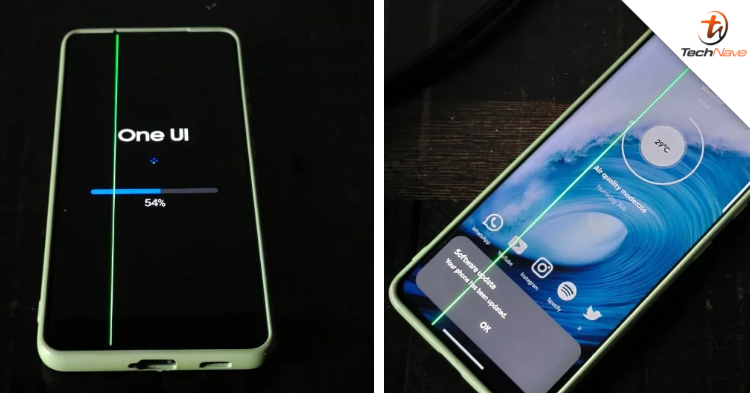
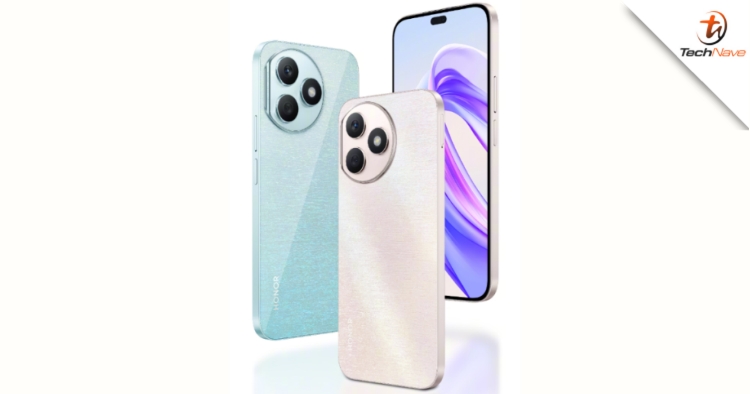

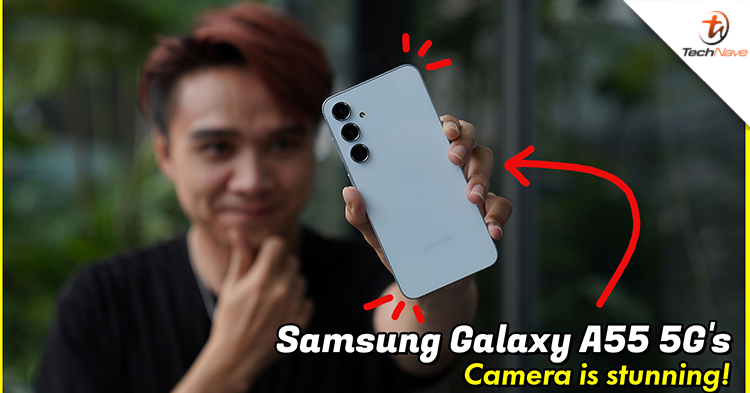
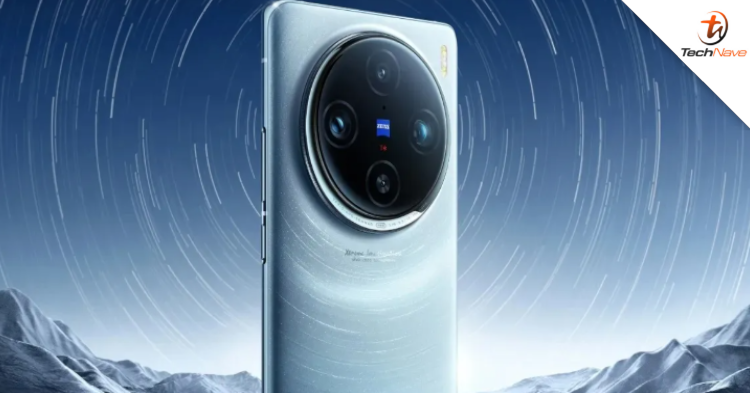
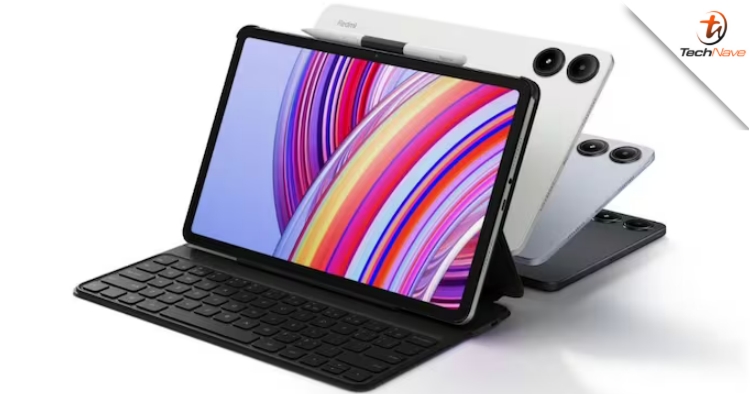
COMMENTS